Resources

Here you’ll find some useful resources to help you understand more about your deaf, deafened and hard of hearing audiences, as well as handy how-to guides to make your work accessible to many more people.
These include infographics that:
- Demonstrate the potential size of your deaf audience
- Help you understand who benefits from improved access
- Explain how people use subtitles differently
We also have a best-practice checklist, which is a useful first step towards embedding access throughout your organisation, guidelines on digital subtitling, and information about our free online training.
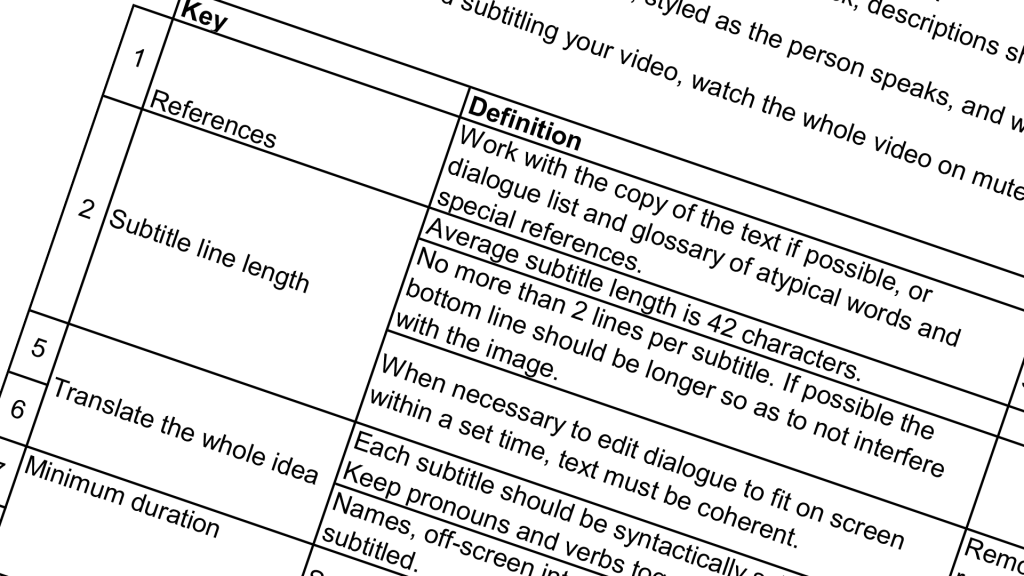
Digital Subtitling Guidelines:
Subtitles should be a visual soundtrack to the spoken word.
Our guidelines will help you format your subtitles to give your audience the best experience possible.
Captioning Display Standards:
There are some key principles that apply to all live scripted theatre captions, whether displayed on a caption unit, a tablet or phone, or online.
Stagetext are sharing the principles of theatre captioning, so that theatres can recognise great quality captioning when they see it.

Accessibility for Deaf
Audiences in Extended Reality Theatre:
More and more artists and theatre makers are experimenting with technology such as virtual reality to transform the way audiences experience performance in deeply engaging and interactive environments. But how do we ensure these performances are accessible for everyone?
Our guidelines will help guide you to give your audience the best experience possible.
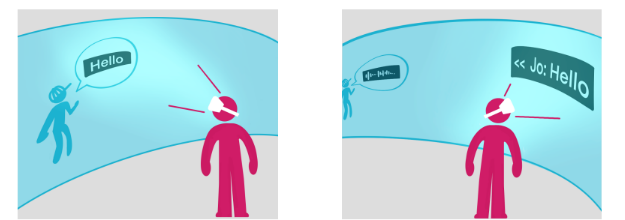
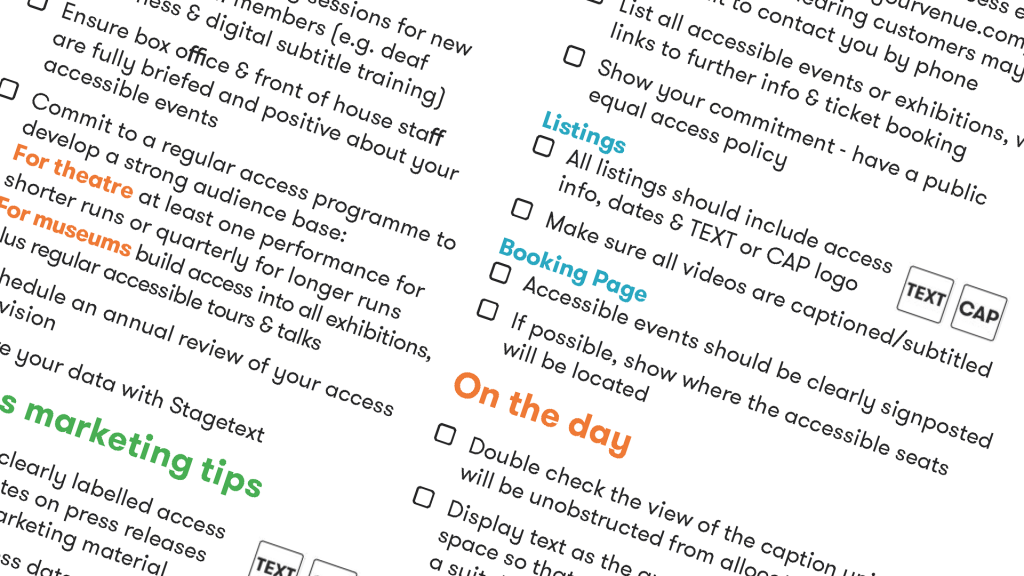
Best Practice Checklist:
Our best practice checklist gives you a starting point on how to make sure your venue is accessible. The checklist will help you understand how to better embed access within your organisation.
The use of subtitles and captions in 2023:
A facsheet about the use of captions and subtitles in the UK in 2023. The full findings are available on request to Stagetext. Commissioned by Stagetext, The Audience Agency surveyed over 2,400 people in 2023.
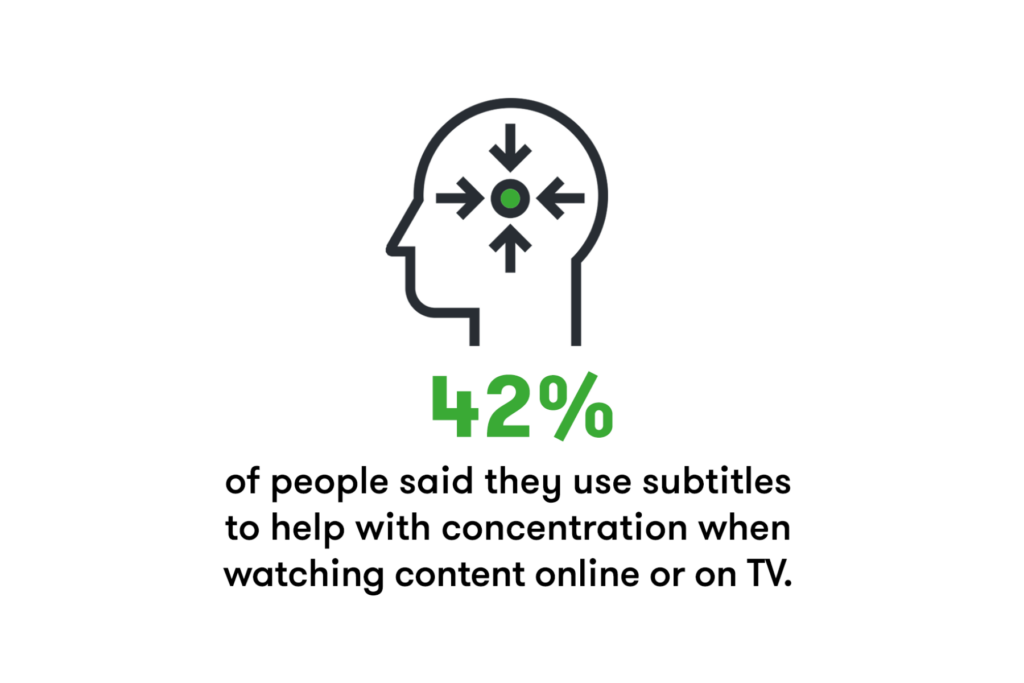
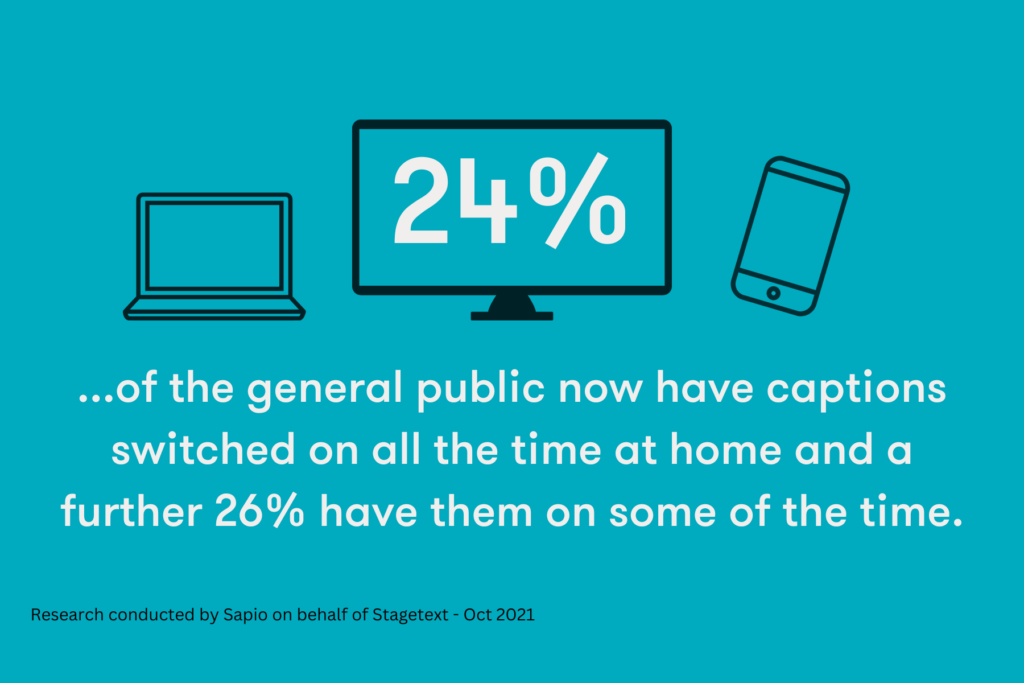
Caption and subtitle use in the UK:
A facsheet about the use of captions and subtitles in the UK. The full findings are available on request to Stagetext. Commissioned by Stagetext, Sapio research interviewed 2,003 people in October 2021 with the results weighted to be representative of the GB general population.
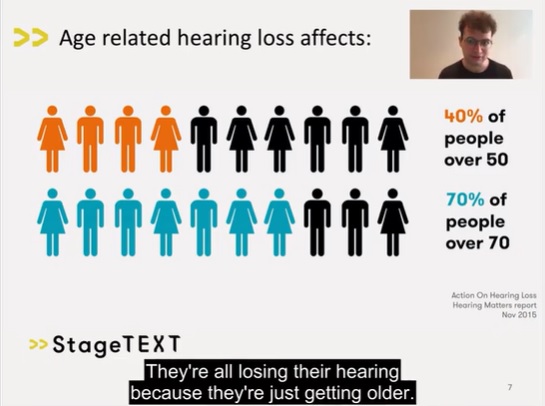
Did you know that 20% of all content on BBC iPlayer is watched with the subtitles turned on?
We currently have a series of free webinars available to help you get started subtitling your own videos. These webinars will teach you the importance of deaf awareness, why access is so essential, and how to use YouTube’s free platform to create your own subtitles.
Infographics:
Our helpful infographics will give you a quick insight into the size of your potential deaf audience, show you how people use subtitles differently, and support your understanding of who benefits from access.




